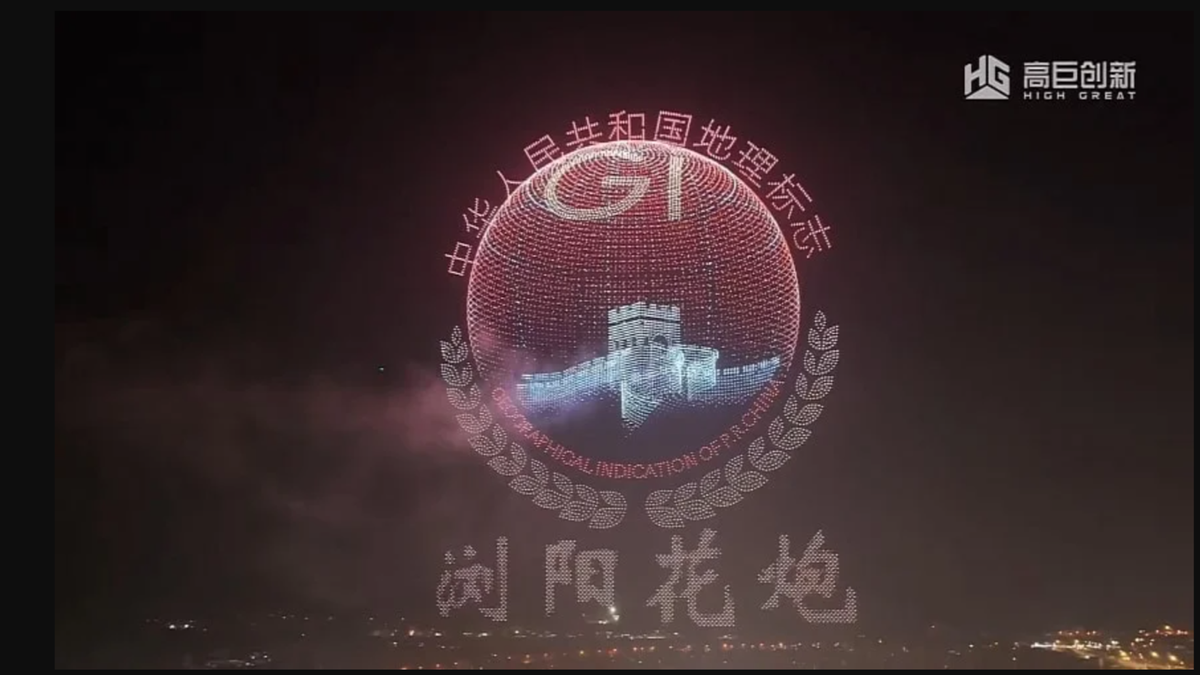One would assume that horror and anime, two media seemingly tailor-made for each other, would consistently produce masterpieces. After all, anime’s visual elasticity and horror’s emotional extremity should be a match made in heaven. Yet, more often than not, their union exposes mutual blind spots rather than shared strengths.
Anime adaptations of horror manga frequently fall into two traps: slavish recreations that beg the question of what was actually adapted, or hollow spectacles that rely on cheap jump scares, evoking the aesthetics of a 2011-era YouTube craze. But then there’s The Summer Hikaru Died—an outlier, a revelation, and arguably the pinnacle of modern horror anime.
Created by mangaka Mokumokuren and adapted by CygamesPictures, The Summer Hikaru Died slipped quietly into Netflix’s summer anime lineup, overshadowed by the usual shonen fare. But from its first frame, it announced itself as something different, drawing from the same well as cult classics like Higurashi: When They Cry, horror auteur Junji Ito‘s ill-fated Uzumaki adaptation, Shudder’s Best Wishes to All, and Konami’s Silent Hill f.
It’s steeped in the iconography of Japanese horror: a sleepy countryside town with ritualistic secrets simmering beneath the surface and wide-eyed teens thrust into the abyss of its mystery.
As the title suggests, a boy named Hikaru Indo (Shūichirō Umeda) dies. But his death is only the beginning. What follows is a slow, devastating unraveling for his best friend, Yoshiki Tsujinaka (Chiaki Kobayashi), who finds himself living alongside a cursed entity wearing Hikaru’s face.
Yoshiki is faced with an ultimatum. He must either destroy it or acquiesce to the demonic entity’s wish to continue living as his best friend—someone he is very clearly in love with. Yoshiki’s selfish choice to continue living with his puppeteered childhood friend sets the tone for the entire series: horror not as a spectacle, but as an emotional reckoning.
The show’s central tension—Yoshiki’s refusal to reject “Hikaru” and “Hikaru’s” obsessive need to protect Yoshiki—creates a dynamic that’s both tender and terrifying. Their relationship evokes the tragic absurdity of trying to domesticate a bear: you may love it, it may love you, but one day it might maul you. Turning any perceived affection into a misplaced anthropomorphization of a killer.
 © Netflix/CygamesPictures
© Netflix/CygamesPicturesAs villagers begin to die and supernatural violence attaches itself to the pair like a magnet, Yoshiki is routinely tested to choose between shielding “Hikaru” or mercy-killing him for the greater good. In essence, The Summer Hikaru Died is a love story wrapped in a horror spiral, one that interrogates grief, self-hatred, and the intimacy of queer desire under subtle yet ever-presently monstrous patriarchal pressure. Yet, it doesn’t boast itself as “elevated horror,” but rather something more intimate, messy, and deeply human.
Unlike many mystery-driven anime, The Summer Hikaru Died doesn’t insult its audience with drawn-out reveals and an inept cast bumbling through its Scooby-Doo mystery of “what’s wrong with our village?” Its characters are observant, emotionally intelligent, and often one step ahead of the viewer. When they notice something’s off, they say so or play their cards close to their chest for the opportune moment to voice their perturbed concerns. When they suspect a curse, they act.
This narrative efficiency doesn’t undercut the show’s emotional weight; it enhances it, allowing the horror to bloom organically rather than through forced exposition and cheap scares tantamount to jingling keys in front of a child to keep their attention.
 © Netflix/Cygames Pictures
© Netflix/Cygames PicturesVisually, the series is nothing short of stunning, with its horror never confined to set pieces but a constant optical undercurrent. Despite its weekly format, it boasts feature film-level animation, with a focus on dread over shock. The horror isn’t in the jump scares—it’s in the quiet moments: a panic attack in a grocery store, the creeping sense that something malevolent is watching you from the woods, the realization that your home is no longer safe, or your mind playing tricks on you with something being amiss from the corner of your eye.
Sonically, the anime is steeped in the low, ambient hum of cicadas and a soft, contemplative piano—evoking a mood of languid summer melancholy. But like the ebb and flow of a shoreline current, this tranquility is periodically ruptured by bursts of distorted noises and intrusions that jolt viewers into awareness of the unseen impurities haunting Yoshiki’s hometown.
 © Netflix/CygamesPictures
© Netflix/CygamesPicturesThese scenes aren’t framed as setups for a long-walked jump scare. Instead, they’re part of the show’s palpable, ambient dread. It lingers in the corners of every frame, threading through the narrative like a seasonal shift from summer’s golden haze, giving way to the brittle chill of fall. All the while, it creates a tonal duality that becomes a signature of the series, a steady heartbeat that makes its horror feel intimate and inescapable.
And yet, the show knows when to breathe. Like Jordan Peele and Zach Cregger, series director Ryohei Takeshita balances horror with humor, letting characters crack dry jokes or act appropriately human in the face of eldritch terror. These moments of levity don’t deflate the tension; instead, they deepen it, reminding viewers that horror is most potent when it’s grounded in real emotion. The show routinely showcases its artistic merits by implementing close-up live-action shots of marinated chicken or moving train cars, as well as scenic views from their windows, to imbue its artistry with both gross-out and moments of zen all at once.
 © Netflix/CygamesPictures
© Netflix/CygamesPicturesIn a sea of horror anime that shoot for greatness and land on surface-level cosplay mimicking the aesthetics of horror without grasping its emotional marrow, The Summer Hikaru Died stands head and shoulders above. It doesn’t resign itself to drawing inside the lines of its source material or paying homage to a bygone era of horror anime, but boldly takes it to depths the medium has yet to explore. threading grief, intimacy, and monstrosity into something profoundly unsettling and unquestionably human.
With its first season wrapped and a second on the horizon, The Summer Hikaru Died is the perfect series for horror fans to experience a haunting, heartfelt reminder that anime still has the power to surprise, disturb, and move viewers. Not by screaming louder, but by whispering hard truths we’re afraid to face.
The Summer Hikaru Died is streaming on Netflix.
Want more io9 news? Check out when to expect the latest Marvel, Star Wars, and Star Trek releases, what’s next for the DC Universe on film and TV, and everything you need to know about the future of Doctor Who.









 English (US) ·
English (US) ·